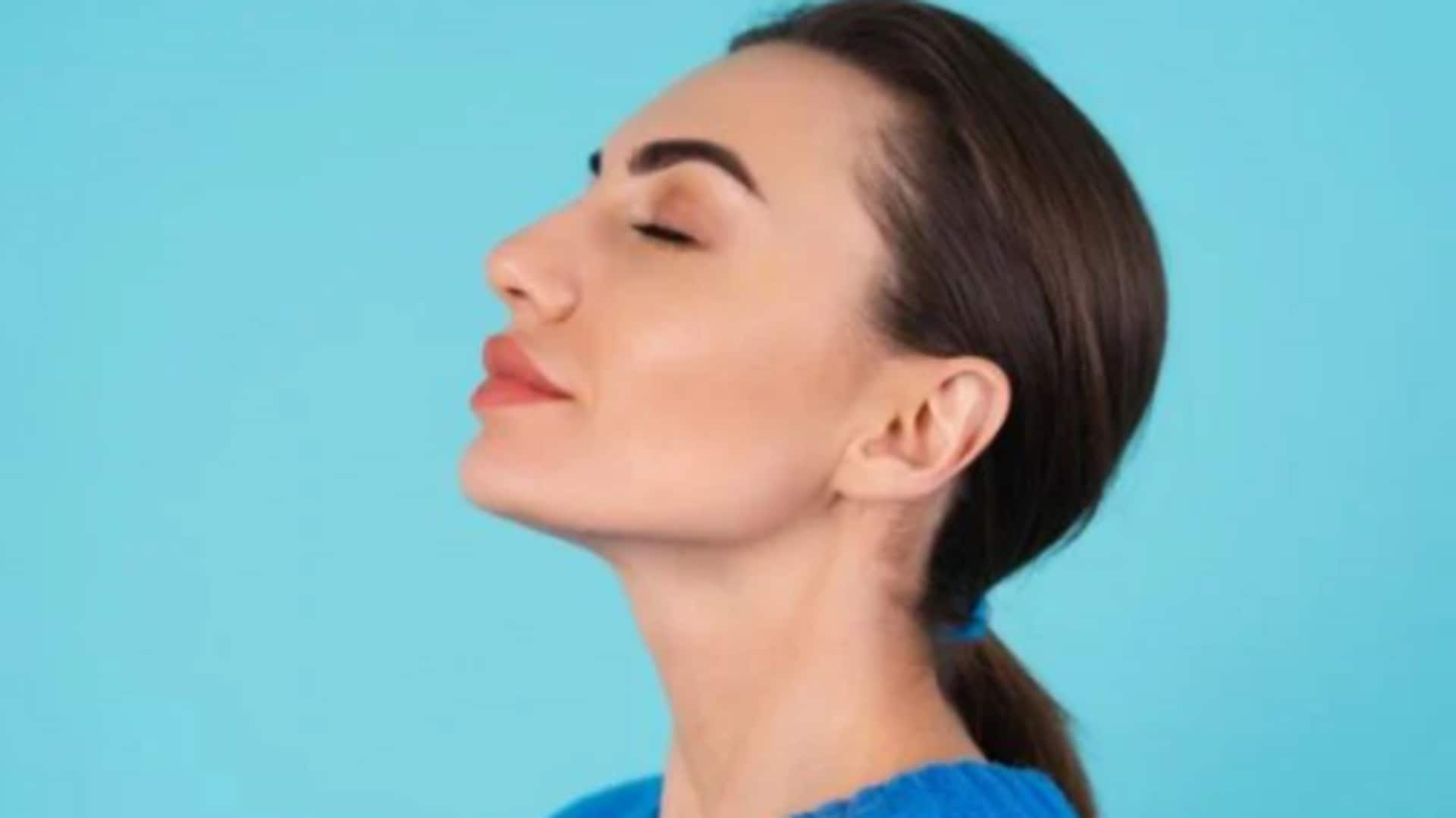Understanding Your Undertone
Before you start selecting lipstick shades, it's essential to determine your skin's undertone. Undertones refer to the subtle colours beneath your skin's surface,
which influence how lipsticks appear. There are three main undertones: warm, cool, and neutral. Warm undertones have peachy, yellow, or golden hues. Cool undertones possess pink, red, or blue undertones. Neutral undertones combine both warm and cool. Understanding your undertone is crucial since it guides your lipstick selection and ensures your chosen shades complement your skin’s natural colour. The easiest method to determine your undertone is to look at the veins on your wrist. If your veins appear blue, you probably have a cool undertone. If your veins are green, you likely have a warm undertone. If it’s difficult to tell, and they seem to be a mix of blue and green, you probably have a neutral undertone. Another way is to hold a piece of white paper next to your face. If your skin appears more yellow next to the paper, you probably have a warm undertone, and if it appears pink or rosy, you likely have a cool undertone.
Lipstick Shades for Warm Tones
Individuals with warm undertones often look best in lipstick shades with warm undertones, such as corals, peaches, and bronze colours. Nude shades with a hint of peach or caramel can also be a great option. Avoid lipsticks with cool undertones like icy pinks or purples, as these shades may clash with your natural complexion. If you have fair skin with warm undertones, coral, peach, and light brown shades will beautifully complement your skin. For medium skin tones with warm undertones, try shades like bronze, copper, and warm reds. Those with deep skin tones should opt for vibrant oranges, brick reds, and warm browns to enhance their natural glow. Experimenting with different finishes, like a satin or glossy finish, can add a touch of radiance to your look.
Lipstick Shades for Cool Tones
Cool undertones are best complemented by lipsticks with cool undertones. Think pinks, berries, and reds with blue or purple hues. Nude shades with hints of pink or mauve can also create a flattering effect. Avoid shades with warm undertones like orange or yellow-based colours, as these shades might make your skin look sallow. For fair skin with cool undertones, opt for light pinks, mauve, and berry shades. Medium skin tones can wear classic reds with a blue base, berry shades, and rose colours. Deep skin tones shine in deeper berry, plum, and wine colours. The finish can make a difference; a matte finish will emphasize the colour, while a glossy finish can create a more subtle look.
Lipstick Shades for Neutral Tones
Those with neutral undertones have the most flexibility when it comes to selecting lipstick shades, as they can wear an extensive range of colours. You can explore shades from warm to cool without worrying about the colour clashing with your skin. Nude, pink, peach, coral, red, and berry shades typically look fantastic. Your choice of lipstick colour should consider your skin tone. For fair skin with neutral undertones, shades like nude, light pink, and peach are flattering. Medium skin tones can wear rose, berry, and coral shades. For deep skin tones, vibrant reds, plums, and mauves enhance your look. To create different looks, experiment with various finishes like matte, satin, and gloss.
Experiment with Finishes
The finish of your lipstick has a significant impact on your overall look. Matte lipsticks have a flat, non-reflective finish and offer intense colour payoff and long-lasting wear. These are ideal for creating a bold, defined lip look but can be drying. Satin lipsticks have a creamy, semi-matte finish that is more hydrating than matte lipsticks. They provide a balance of colour and moisture, making them perfect for everyday wear. Glossy lipsticks have a shiny, reflective finish that adds a plump and youthful look. They can be less long-lasting compared to matte or satin finishes. Cream lipsticks provide a hydrating, creamy texture and are available in various colours and shades. Experimenting with different finishes is the key to finding which one suits your style, preferences, and the occasion.












